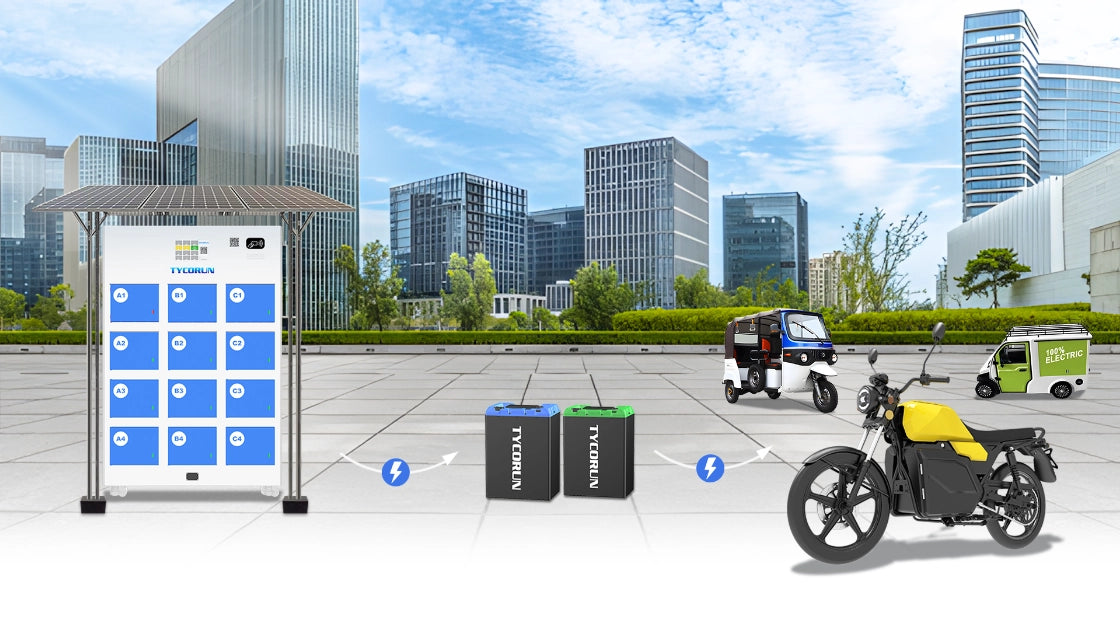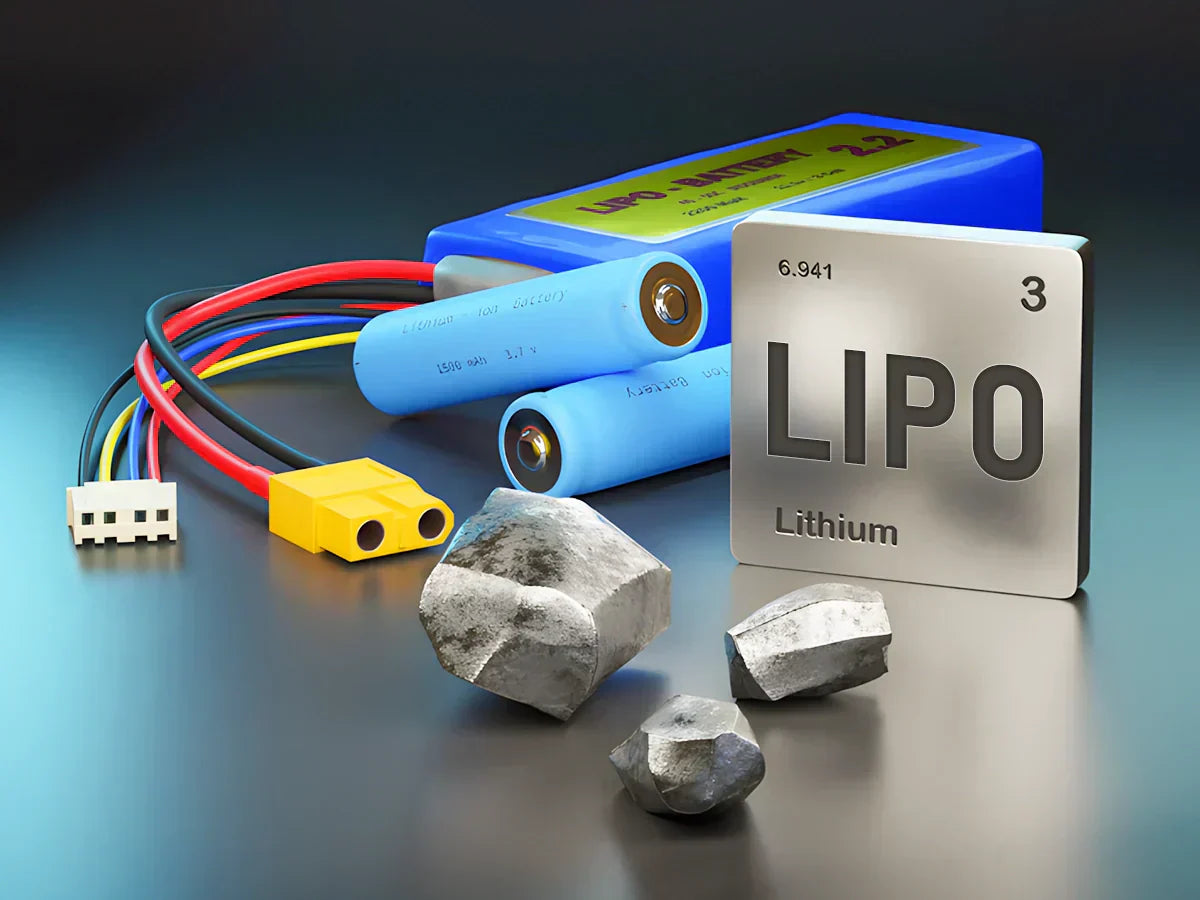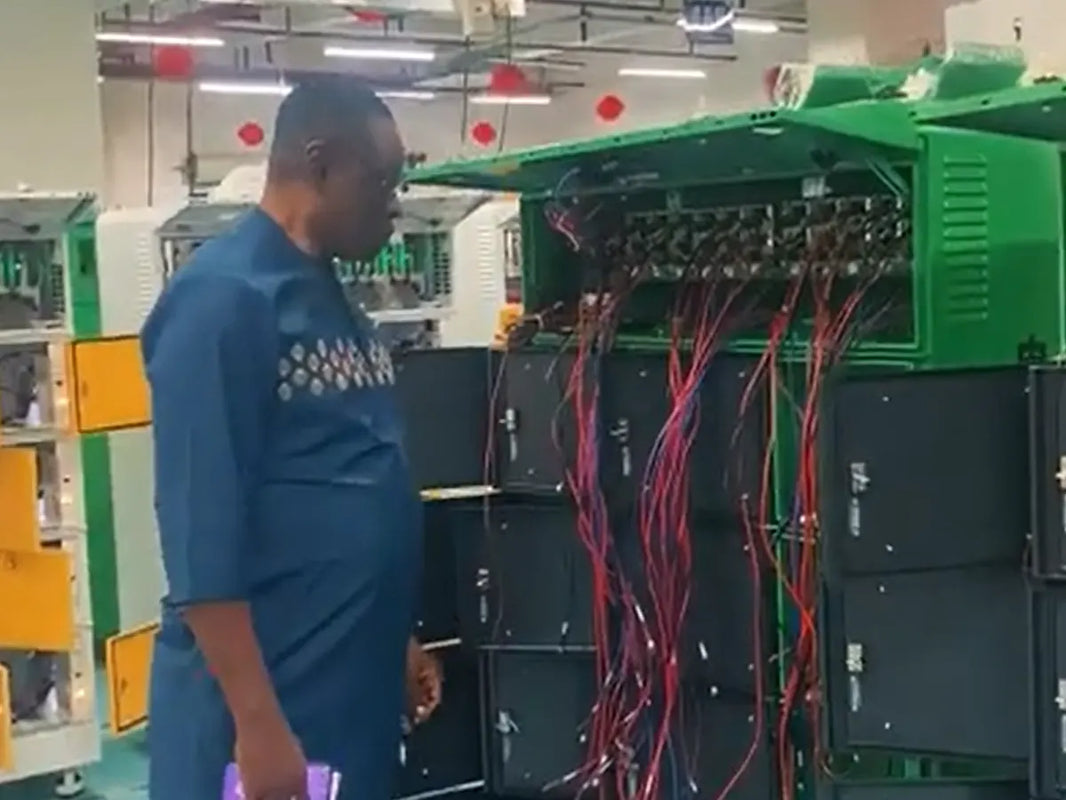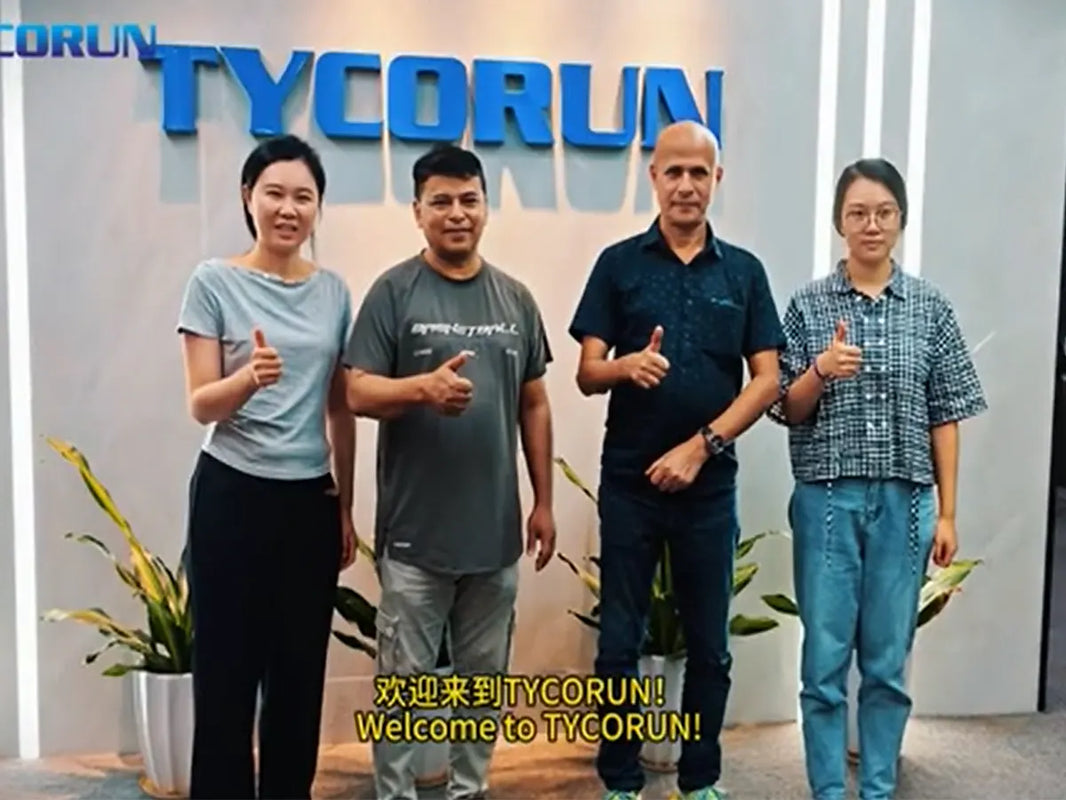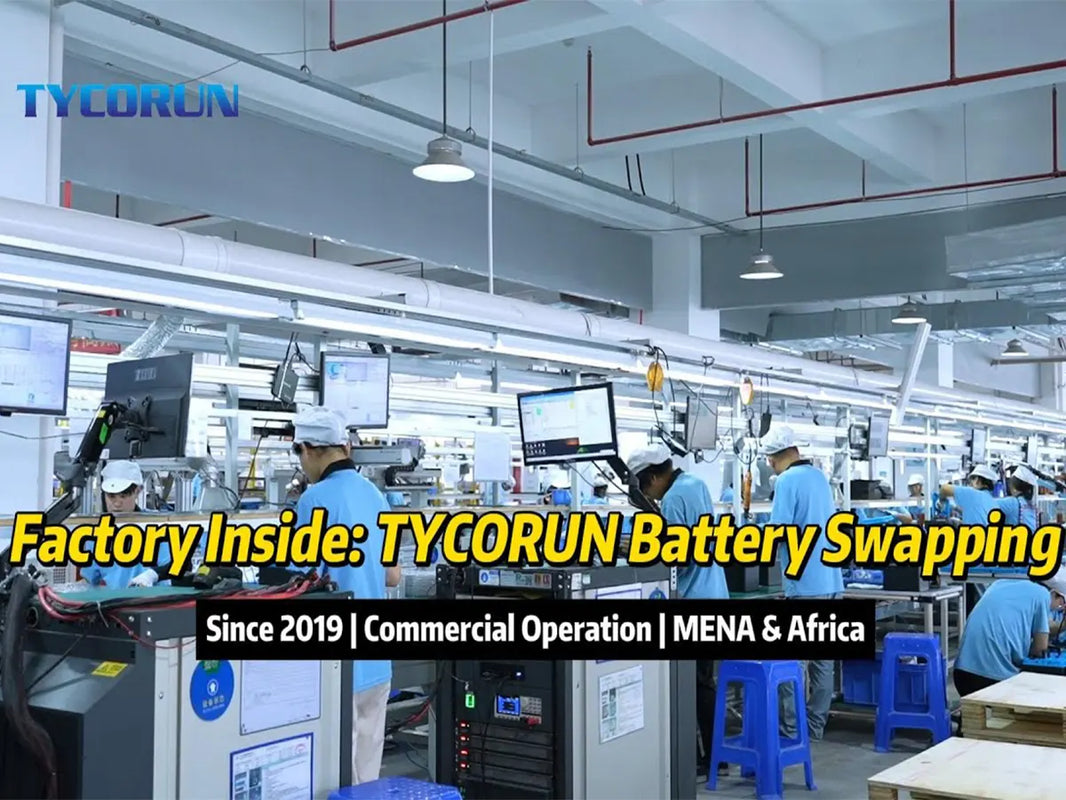
Main content:
What is a lithium polymer battery? It is a type of lithium-ion battery that uses a polymer-based electrolyte instead of a liquid one. Known for its lightweight, flexible design, and high safety, a lithium polymer battery is widely used in smartphones, drones, wearable devices, and portable power systems.
What Is a Lithium Polymer Battery

A polymer lithium-ion battery is a lithium-ion battery that uses a polymer as the electrolyte. It is specifically categorized as either "semi-polymer" or "full-polymer."
"Semi-polymer" refers to a polymer (usually PVDF) coated on the barrier film, which enhances the cell's adhesion and allows for a more rigid battery. The electrolyte remains a liquid. "All-polymer" batteries use a polymer to form a gel network within the battery cell, which is then filled with an electrolyte. While "all-polymer" batteries still require a liquid electrolyte, the amount used is significantly smaller, significantly improving the safety of lithium-ion batteries. To my knowledge, only Sony currently mass-produces "all-polymer" lithium-ion batteries.
On the other hand, polymer batteries are lithium-ion batteries packaged in aluminum-plastic film, commonly known as soft-pack batteries. This film consists of three layers: PP, Al, and nylon. Because PP and nylon are polymers, these cells are called polymer batteries.
Types of Polymer Electrolytes
Solid Polymer Electrolyte (SPE)
To understand SPEs, it’s helpful to recall what is a lithium polymer battery: a lithium-ion battery that uses a polymer-based electrolyte instead of a liquid one. Solid polymer electrolytes are a type of electrolyte system composed entirely of a polymer matrix and a lithium salt. They contain no liquid components and therefore possess true "solid-state" characteristics.
In this system, ion conduction relies primarily on the segmental motion of the polymer molecular chains, with ions migrating within the molecules through coordination with the polymer segments. Common polymer matrices include polyethylene oxide (PEO), polyethylene carbonate (PEC), polymethyl methacrylate (PMMA), and polyacrylonitrile (PAN). PEO is the most widely studied matrix material due to its strong lithium salt solubility and excellent film-forming properties.
The outstanding advantages of solid polymer electrolytes include high safety, eliminating the risk of leakage or combustion associated with liquid electrolytes, good mechanical strength, and ease of fabrication into thin film structures. However, their low ionic conductivity at room temperature (typically between 10⁻⁷ and 10⁻⁵ S/cm) makes them difficult to meet the requirements of high-power batteries.
Therefore, they often require operation at higher temperatures (e.g., above 60°C) to improve ionic conductivity. Currently, this type of electrolyte is primarily used in basic research on all-solid-state lithium batteries and high-temperature battery applications.
Gel Polymer Electrolyte (GPE)
Gel polymer electrolytes are a "semi-solid" electrolyte system consisting of a polymer matrix, an organic solvent, and a lithium salt. They combine the high ionic conductivity of liquid electrolytes with the mechanical stability of solid electrolytes.
Essentially, the liquid electrolyte is adsorbed and immobilized within a three-dimensional polymer network, forming a gel-like structure. The polymer matrix is typically polyvinylidene fluoride-hexafluoropropylene copolymer (PVDF-HFP), polyethylene oxide (PEO), or polyacrylonitrile (PAN). These polymers not only provide mechanical support but also adsorption sites for the liquid components.
Gel polymer electrolytes rely primarily on ion diffusion within the solvent phase, resulting in electrical conductivities of 10⁻³ to 10⁻² S/cm, approaching the levels of conventional liquid electrolytes.
They offer excellent flexibility, processability, and high safety, making them widely used in lithium-ion and semi-solid-state batteries. However, because they still contain a certain proportion of liquid components, gel electrolytes can experience issues such as solvent volatilization, battery leakage, and decreased electrochemical stability during high temperature or prolonged use.
Composite Polymer Electrolyte (CPE)
Composite polymer electrolytes are multiphase composite systems formed by the introduction of inorganic fillers into conventional polymer electrolytes. The core purpose of this design is to improve the ionic conductivity and mechanical properties of polymer electrolytes through the action of inorganic fillers.
The introduction of inorganic particles not only disrupts the polymer's crystalline structure, thereby increasing the freedom of chain segment movement, but also forms highly ionic conductive channels at the filler-polymer interface. Furthermore, some inorganic fillers (such as LLZO or LATP) inherently possess high lithium ion conductivity, providing additional conductive pathways within the system.
Composite polymer electrolytes typically have ionic conductivities between 10⁻⁵ and 10⁻³ S/cm, combined with high mechanical strength and good thermal stability. Compared to traditional polymer electrolytes, they offer significant advantages in reducing interfacial impedance, improving electrochemical stability, and improving cycle life.
However, their preparation process is complex, and filler dispersion uniformity and interfacial compatibility remain key factors influencing performance. Currently, composite polymer electrolytes are considered a key development direction for achieving high-energy-density solid-state batteries.
Advantages of Lithium Polymer Batteries
Improved Safety
Polymer lithium batteries utilize flexible aluminum-plastic packaging, unlike the metal casing of traditional liquid lithium batteries. When a safety hazard occurs, liquid cells may explode, while polymer cells will only swell or burn, making them safer.
Ultra-thin Design
The cell thickness can be less than 1mm, and can even be embedded in a credit card. Ordinary liquid lithium batteries have a technical bottleneck when the thickness is less than 3.6mm, but polymer batteries have broken through this limitation and are suitable for ultra-thin device applications.
Lightweight and High Energy Density
Polymer electrolytes do not require a metal shell. Under the same capacity, they are about 40% lighter than steel-shell lithium batteries and about 20% lighter than aluminum-shell batteries. When the volume is similar, the capacity is about 30% higher, and they have a higher energy density.
Flexible and Customizable Shape
Polymer batteries can adjust their thickness and shape design according to actual needs, such as trapezoidal and special-shaped structures, which can make full use of the internal space of the device and achieve higher space utilization.
Disadvantages of Lithium Polymer Batteries
Higher Manufacturing Cost
Because they support customized design, they involve R&D, mold and non-standard fixture costs, and the overall production cost is significantly higher than that of standard lithium batteries.
Limited Compatibility
Although flexible design brings about diverse shapes, it also makes it lack universal standards. Even if the size difference is 1mm, a new battery may need to be redesigned.
Non-repairable After Damage
Once a polymer battery is damaged, the entire battery pack is usually irreparable. At the same time, it is more sensitive to overcharge and overdischarge and must rely on protection circuit control.
Shorter Lifespan
Due to the use of different material systems (liquid, dry or colloid), the cycle life is generally lower than that of 18650 batteries, and the performance is not as good as that of cylindrical batteries when discharged at high currents.
Differences Between Polymer and Liquid Lithium-ion Batteries

Knowing what is a lithium polymer battery clarifies why its material and design differ from conventional lithium-ion batteries:
Material Difference
This is the root cause of the various different performances of the two. Polymer batteries refer to batteries that use polymer materials in at least one of the three major components: positive electrode, negative electrode or electrolyte. Polymer means large molecular weight, and the corresponding concept is small molecule. Polymers have high strength, high toughness and high elasticity. The polymer materials currently developed for polymer batteries are mainly used for positive electrodes and electrolytes.
- In addition to the inorganic compounds used in lithium batteries, polymer battery cathode materials can also utilize conductive polymers.
- The electrolytes used in polymer batteries include polymer electrolytes (solid or gel) and organic electrolytes, while lithium batteries use electrolytes (liquid or gel).
Form Factor
Polymer batteries can be thin, sized, and shaped in any shape because their electrolytes can be solid or gel, rather than liquid. Lithium batteries, on the other hand, use liquid electrolytes and require a sturdy outer shell as a secondary container. This also adds weight to the battery.
Safety
Current polymer batteries are mostly soft-pack batteries, using aluminum-plastic film as the outer shell. When using organic electrolytes inside, they won't explode even if the liquid is very hot.
Because aluminum-plastic film polymer batteries are solid or gel, they don't leak; they simply rupture naturally. However, nothing is absolute. If the instantaneous current is large enough to cause a short circuit, spontaneous combustion or explosion is possible. This is a common cause of safety incidents in mobile phones and tablets.
Cell Voltage
Because polymer batteries use polymer materials, they can be constructed into multiple layers within the cell to achieve high voltages. Lithium-ion battery cells have a nominal capacity of 3.6V or 3.7V.
To achieve high voltages in practice, multiple cells must be connected in series to create the ideal high-voltage operating platform. If we use the above characteristics to compare polymer batteries and lithium-ion batteries, the conclusion is unequivocal. However, lithium-ion batteries still dominate the market, demonstrating their relative advantages. Let's continue this comparison.
Conductivity
The solid electrolyte in polymer batteries has low ionic conductivity. Currently, additives are added to create a gel electrolyte to improve conductivity. This merely increases ionic conductivity, unlike lithium-ion batteries, whose conductivity remains stable and is unaffected by the quality of the supporting materials.
Capacity
The capacity of polymer batteries has not been significantly increased, and may even be lower than that of standard-capacity lithium-ion batteries.
Manufacturing Process
Generally speaking, thinner polymer batteries are easier to produce, while thicker lithium batteries are easier to produce. This allows lithium batteries to expand their application areas.
Price
This is a key factor in determining the market capacity of both. Currently, polymer batteries are generally more expensive than lithium batteries, which affects their market share, with the ratio of polymer to lithium being 1:9. It's difficult to definitively say which is better, polymer or lithium batteries; each has its own strengths.
If one must draw a conclusion, polymer batteries are more popular in small-scale applications, while lithium batteries hold greater promise in large-scale applications. If polymer batteries can overcome price and design limitations, they may represent a trend in battery development, as they are more environmentally friendly and safer.
Check more details about lithium polymer battery vs lithium ion.
Conclusion
What is a lithium polymer battery? It is a safer, more flexible evolution of lithium-ion technology. While it may be more expensive and have a shorter cycle life, its lightweight design, customizable form factor, and enhanced safety make it ideal for high-performance solid-state batteries, portable power systems, and future innovative applications.
FAQs
Do lithium polymer batteries last long?
Lithium polymer batteries generally have a shorter lifespan compared to standard lithium-ion cells due to their flexible design and material composition. Proper usage, avoiding overcharge, deep discharge, and extreme temperatures can help extend their cycle life.
What kills LiPo batteries?
LiPo batteries are most vulnerable to overcharging, deep discharging, short circuits, physical damage, or exposure to high heat. Any of these factors can cause permanent capacity loss, swelling, or even render the battery completely unusable.
What are the chances of a LiPo battery catching fire?
LiPo batteries are safer than traditional liquid lithium-ion cells, but a fire risk still exists under extreme misuse, such as battery overcharging, puncture, or short-circuiting. With proper handling and protective circuits, the likelihood of fire is very low.
Can you charge an LFP battery to 100% every day?
Lithium iron phosphate (LFP batteries) tolerate full charges better than LiPo or other lithium-ion types. Daily full charging is generally safe, though maintaining 80–90% for frequent cycles can further extend overall battery life.
How to wake up a dead LiPo battery?
A completely discharged LiPo battery can sometimes be revived using a controlled, very low current charge to slowly raise its voltage. This must be done cautiously with proper charging equipment to avoid overheating, swelling, or permanent damage.

